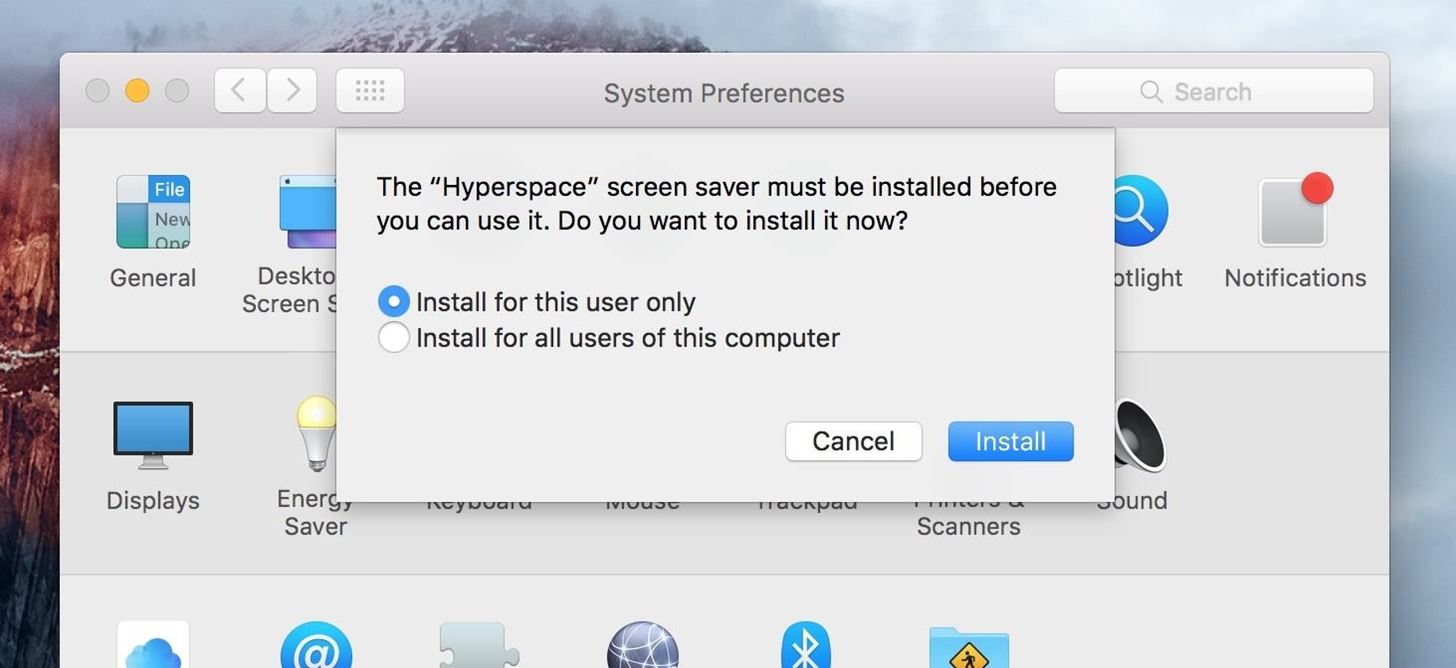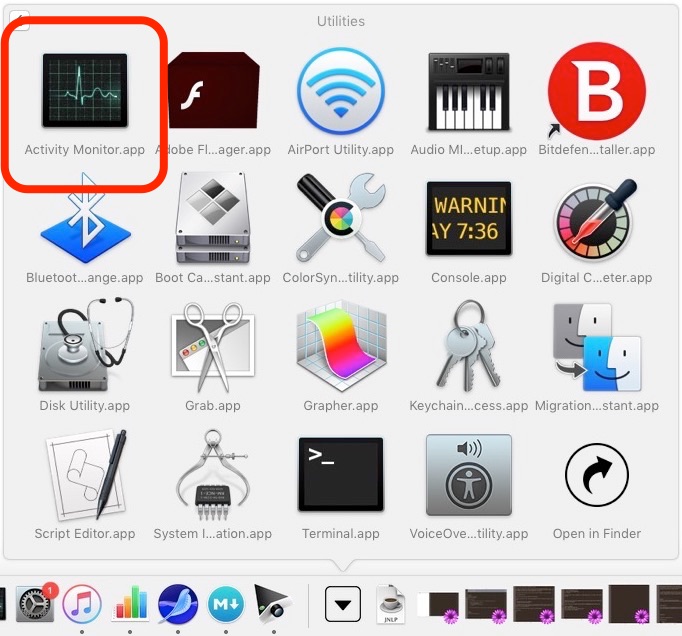

- #MAC SCREEN SAVER MODE HOW TO#
- #MAC SCREEN SAVER MODE PORTABLE#
- #MAC SCREEN SAVER MODE BLUETOOTH#
- #MAC SCREEN SAVER MODE DOWNLOAD#
- #MAC SCREEN SAVER MODE MAC#
To start, you should use Terminal to find out which sleep mode your Mac is currently set to use. However, you can manage those modes with the help of the Terminal app. Unlike a Windows computer, a Mac enters sleep mode automatically and you can't easily choose which sleep mode to use. These processes significantly save battery usage because computers need much less power while sleeping than while awake.
#MAC SCREEN SAVER MODE BLUETOOTH#
Depending on the Bluetooth preferences, this can allow Bluetooth devices to wake your Mac Keyboard illumination, if present, is off.The optical media drive, if present, spins down.The USB ports have limited functions (they respond to the power key on an external keyboard only).The built-in modem, if present, is deactivated.This depends on System Preferences, which can allow the Ethernet port to respond to a Wake on LAN signal (WOL) RAM memory is off (in hibernation and safe sleep modes).

Therefore, they complete all the previously mentioned stages and also achieve the following states:
Laptops, however, are a bit different as they need to save energy as much as possible to protect the battery.

#MAC SCREEN SAVER MODE PORTABLE#
Safe sleep is also called hibernatemode 3 and is set up for portable Macs released after 2005 by default. And that’s why the wake-up process is still as quick as in the standard sleep mode. However, in this mode, the RAM remains powered on while your Mac is sleeping, unlike hibernation mode. This allows you to recover your data in case of battery failure, hardware damage, or any other unfortunate events that can affect your Mac. Unlike the simple sleep mode above, this mode is safe because it copies the RAM contents to the startup drive before your Mac goes to sleep, like in hibernation mode. This mode is called hibernatemode 1, and it was used by default for portable Macs released before 2005. And that’s why the wake-up time for hibernation is a bit longer than in the sleep and safe sleep modes. The startup disk restores necessary data to the RAM once you wake up your Mac from hibernation mode again. The only difference between the sleep and hibernation modes is that hibernation turns off the RAM when a Mac is sleeping, which is why it needs to copy data from it first. In this MacBook-only sleep mode, before the Mac is put to sleep, the startup drive saves data from the RAM for safekeeping. This energy-saving mode is used by default for desktop Macs and is called hibernatemode 0. You can set a preferred timespan before sleep or even completely stop your Mac from sleeping in your Mac’s System Preferences. Normally, a Mac automatically goes to sleep after a certain period of inactivity (between one minute and three hours). Putting a Mac into sleep mode leaves its RAM powered on, which allows the Mac to wake up and get back to work very quickly.
#MAC SCREEN SAVER MODE DOWNLOAD#
Download MacKeeper to optimize your performance in even more ways. Sleep mode management is one way to manage your Mac’s performance, but you need to take care of more than this to ensure your Mac operates at its best.
#MAC SCREEN SAVER MODE HOW TO#
How to change the sleep mode on your Mac.What happens to a Mac while it’s sleeping.In this article, we’ll discuss how to hibernate your Mac and change your Mac’s sleep settings by covering: In this article, we’ll walk you through all of them and show you how to change between them. However, Apple developed more than one power-saving mode for its computers. You’ve probably noticed how your Mac goes to sleep after a period of inactivity.


 0 kommentar(er)
0 kommentar(er)
